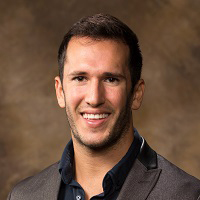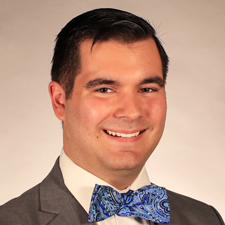Study Finds Proposed Arkansas Universal ESA Likely to Save Money
Legislators in Arkansas proposed a bill (HB 1222) to increase educational choice for families through an education savings account (ESA) program available to every child across the state. And though the previously conducted empirical studies on the financial effects of private school choice programs have found overall benefits to the state, taxpayers and individual districts, some worry that might not be the case for a universally-accessible ESA.
Most existing private educational choice programs are targeted to students based on need. The overall fiscal effect of HB 1222 may be unclear because students that already pay for private schooling out-of-pocket would also be eligible.
Our recently released University of Arkansas study estimates the fiscal impact of Arkansas’s proposed universal ESA on state and district-level education expenditures in the first year of the program. We find that the ESA program would likely result in financial benefits to the state overall and about half of the local school districts.
Calculations
Notably, HB 1222 allows donors to receive tax credits for charitable contributions they make to nonprofit ESA-granting organizations; tax credits are capped at $10 million in the first year of the program.
The state obviously loses revenue through the tax credit; however, the state has a lower obligation to fund public schools, and students use ESAs to utilize other schooling options. As a result, the net effect on the state is calculated as follows:
Net Effect on State = (Reduction in State Aid for Students Who Choose to Leave Public Schools –Reduction in State Tax Revenue)
When students leave their public school district for any reason, the local school district incurs additional costs since they may lose education funding from the state. However, districts also incur additional benefits when they experience a reduction in the costs associated with lower student enrollment. Consequently, the net effect on individual school districts is calculated as follows:
Net Effect on District = (Costs Avoided When Students Leave – Reduction in State Aid)
Results
Using our most defensible set of assumptions, we find that a universally-accessible ESA would result in small financial benefits to the state overall and to about half of the individual public school districts. Specifically, we estimate the program to result in around $2.8 million in financial benefits to the state in the first year. Additionally, we find that 50.6 percent of districts would financially benefit, while 55.5 percent of individual student transfers would result in financial benefits to their local school districts. These results are shown in the tables below:
There are a few other significant benefits that should not be ignored even though they are not included directly in the fiscal impact.
When the federal and state tax benefits are combined, some contributors may see their combined tax bill reduced by more than 100 percent of their contribution. Through the tax credit, the program could result in enhanced local economic growth and a higher standard of living. Perhaps most importantly, since these funds could be saved for future college expenses, the ESA could contribute to increased educational attainment (or lower debt) for students in the long run.
Ultimately, the proposed Arkansas universal ESA program is likely to result in financial benefits for the state without a significant effect on most districts. It may also enhance access to higher education. Because of these two things, the proposed ESA program would likely be a great investment for Arkansas taxpayers, individual children and the rest of society.





